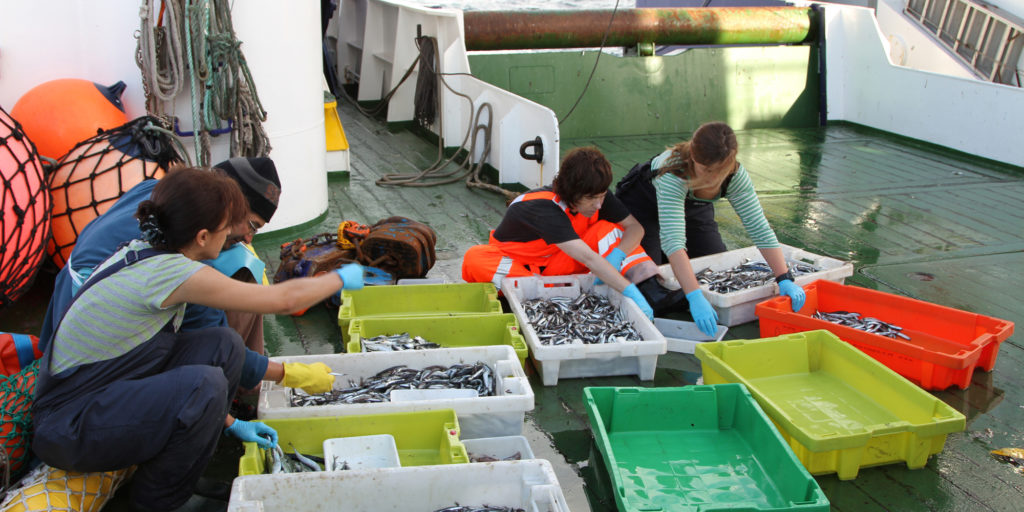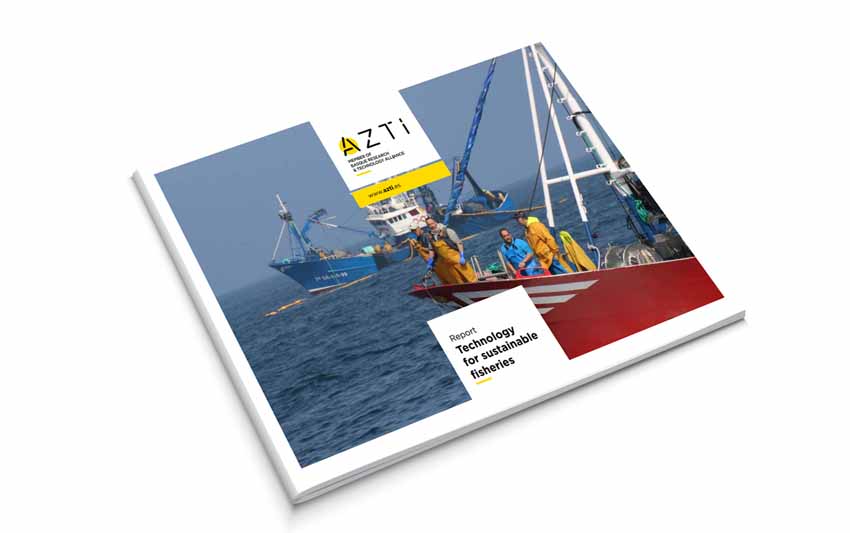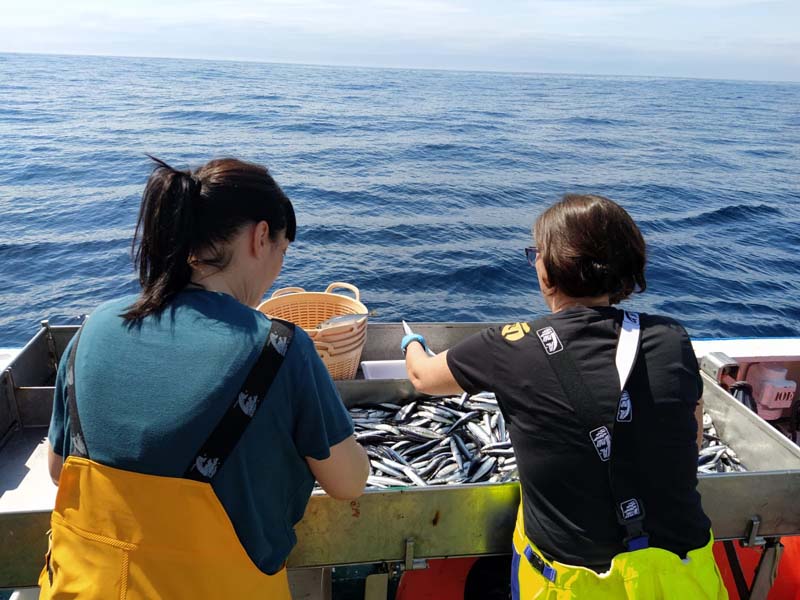Juvenile anchovy stock diminishes in Bay of Biscay, but remains at healthy levels
Últimas noticias
Una mirada LGTBIQ+ al reino animal
Circular Economy in Action: Valorisation of By-products through Projects like PRIMA NEWFEED
Strategic Perspectives: Highlights from the Food4Future World Summit for Business Leaders
- AZTI’s JUVENA 2019 campaign puts the quantity of anchovy currently living in the Gulf of Biscay at around 114,000 tonnes, less than one year old.
- The data obtained in the study, promoted by the Basque Government, the Ministry of Agriculture, Food and Environment and the Spanish Institute of Oceanography, suppose a relative decrease with respect to the historical maximums of the last years.
- Despite the decline, the population is expected to remain at healthy levels, given that these specimens must be added to the survivors of the adult population in 2019, which stood at historic highs.
(Pasaia, 12 December 2019).- The population of anchovies under one year old that currently live in the waters of the Bay of Biscay stands at 114,000 tons, an amount below the historical average, but which remains at healthy levels. This is indicated by the results of the Juvena 2019 scientific survey, the annual monitoring study of anchovy juvenile biomass conducted by the Basque technological center AZTI.
“The figure obtained is lower than the historical average of Juvena, which started in the eighties. Despite this decline, the abundance of anchovy is at healthy levels and a risk scenario for the 2020 fishing season is not detected, since the estimates of juveniles must be added to the survivors of the adult population in 2019, when it reached its all-time high,”says researcher Guillermo Boyra, responsible for the study.

To collect the data from Juvena, AZTI research staff embarked in September aboard the oceanographic vessels Emma Bardán and Ramón Margalef, belonging to the fleets of the General Secretariat of Fisheries and the Spanish Institute of Oceanography (IEO), respectively. Subsequently, the data collected to establish the estimate was analyzed and statistically treated.
During the study, AZTI experts used ultrasound systems to detect the abundance of anchovies. The analysis of the received echoes allowed to establish both the anchovy juvenile biomass (about 114,000 tons), and its location (distributed both by the continental shelf and the slope). In addition, the catches obtained during the cruise made it possible to determine the average size of the juveniles, which stands at about 6.1 centimeters.
“The estimates of the Juvena 2019 survey anticipate a medium-low recruitment, without implying entering a risk zone for the fishery. From a historical perspective, the recruitments that had been happening since 2014 were very high, all well above the average. The expected recruitment for the 2020 fishing season is similar to those that occurred at the beginning of this decade and in the 1990s,”
adds Boyra.
Índice de contenidos
A key campaign for the sustainability of the species
Small pelagic stocks such as anchovy are characterized by very strong interannual fluctuations in recruitment and biomass level. The importance of the Juvena surveys is that they allow to evaluate the fluctuations of abundance of anchovy juveniles in order to give advance notice. In this way, the exploitation of anchovy is adequately regulated taking into account its abundance year after year.
The rules for anchovy fishing were elaborated by scientists from AZTI, IEO, Ifremer and the advisory body of the European Commission STECF during the past decade. These measures were adopted following the collapse of the stock and the anchovy fishery in 2005.
The norms are designed to regulate the exploitation in case of possible drops of abundance of the anchovy and guarantee the sustainability of the fishery.
The data produced by the Juvena surveys, funded by the Basque Government, the Ministry of Agriculture and Fisheries, Food and Environment and the IEO, allow recommendations to be made to the fisheries authorities and, if the figures suggest it, to open or close the fishery and recommend the total allowable catch (TAC) for the following season.
Ecosystem approach
But the Juvena surveys go beyond determining the abundance of anchovy juveniles and their distribution in the Bay of Biscay. In recent years, they have incorporated an ecosystem approach that not only focuses on juvenile anchovy, but encompasses the entire community of small pelagics with which it shares an ecosystem such as adult anchovy, sardine, chicharro or verdel.
Environmental factors such as temperature, salinity or turbidity in the water column are also studied and food availability is taken into account, analyzing the spatial distribution and abundance of different types of plankton.
To close the analysis of the food chain, AZTI researchers have included in the surveys the study of the spatial distribution of large marine predators in the Bay of Biscay. For this, they have analyzed the distribution and abundance of birds and marine mammals, collecting information on the species present, as well as the number and behavior of the individuals sighted during the cruise.







